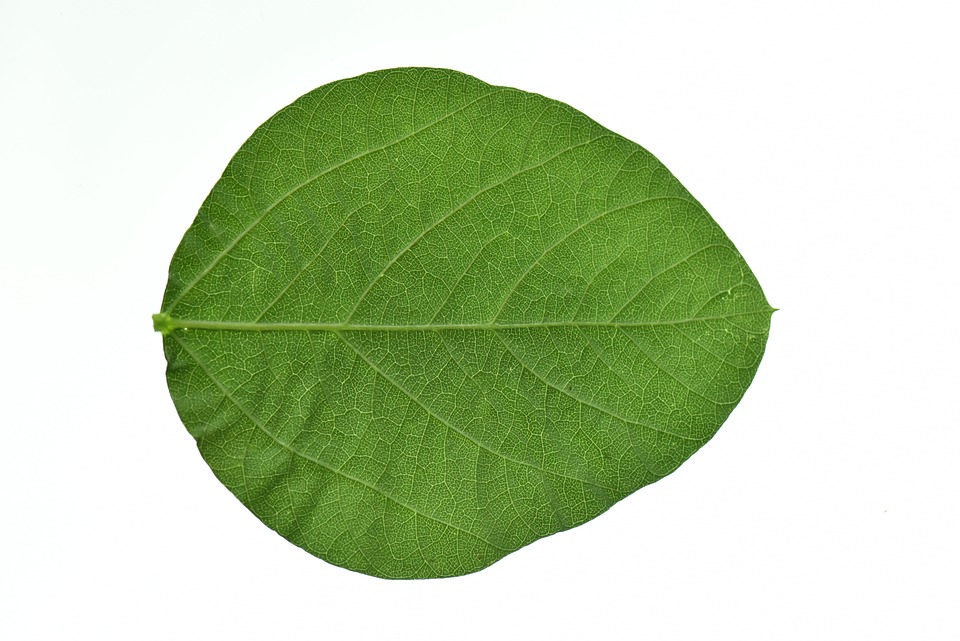[ad_1]
Soy sauce has been a staple condiment in Asian cuisine for centuries, and its popularity has spread worldwide. With its distinct umami flavor and rich history, soy sauce has become a beloved ingredient in many dishes. Let’s take a closer look at the fascinating history and evolution of soy sauce, from its origins in ancient China to its presence in modern America.
Origins in Ancient China
The origins of soy sauce can be traced back to ancient China, where it was first developed during the Western Han dynasty around 2,200 years ago. The earliest soy sauce was made by fermenting soybeans with salt and water to create a savory, salty sauce. This process was perfected over the centuries, and soy sauce became an integral part of Chinese cuisine.
Spread to Japan and Korea
During the 7th and 8th centuries, soy sauce spread to Japan and Korea, where it was further developed and adapted to local tastes. In Japan, soy sauce, or “shoyu,” as it is known in Japanese, became a key ingredient in traditional dishes such as sushi, tempura, and teriyaki. In Korea, soy sauce, known as “ganjang,” is used in a wide variety of dishes, including kimchi, bulgogi, and bibimbap.
Introduction to the West
With the opening of trade routes between East and West, soy sauce made its way to Europe and the Americas. In the 18th century, Dutch traders brought soy sauce to Europe, where it gained popularity as an exotic condiment. In the 19th century, Chinese immigrants introduced soy sauce to the United States, where it became a staple in Chinese-American cuisine.
Modern Production and Varieties
Today, soy sauce is produced on a large scale and is available in a wide range of varieties, including light soy sauce, dark soy sauce, low-sodium soy sauce, and tamari. The production process has been modernized, with the use of stainless steel vats for fermentation and pasteurization to ensure food safety. Many commercial soy sauces also contain additives such as preservatives, flavor enhancers, and sweeteners.
Culinary Uses
Soy sauce is used not only in Asian cuisine but also as a flavor enhancer in a variety of dishes around the world. It adds depth and complexity to marinades, dressings, stir-fries, and soups. In recent years, soy sauce has also been embraced by chefs and home cooks in fusion cuisine, where it is used to add a savory, umami flavor to non-traditional dishes.
Conclusion
In conclusion, soy sauce has a rich and diverse history, from its ancient origins in China to its widespread availability in modern America. As a versatile and flavorful condiment, soy sauce continues to evolve and adapt to new culinary trends and global palates, making it a beloved ingredient in kitchens around the world.
FAQs
What is the difference between light and dark soy sauce?
Light soy sauce is thinner, saltier, and brighter in color, while dark soy sauce is thicker, sweeter, and has a darker color due to a longer aging process.
Is soy sauce gluten-free?
Traditional soy sauce is made from fermented soybeans and wheat, so it is not gluten-free. However, there are gluten-free varieties available, such as tamari, which is made with little to no wheat.
How long does soy sauce last?
Unopened soy sauce can last indefinitely if stored in a cool, dark place. Once opened, it should be consumed within a year for the best flavor.
Is soy sauce high in sodium?
Yes, soy sauce is high in sodium, so it should be used in moderation, especially for those with high blood pressure or other health concerns related to sodium intake.
[ad_2]




Comments